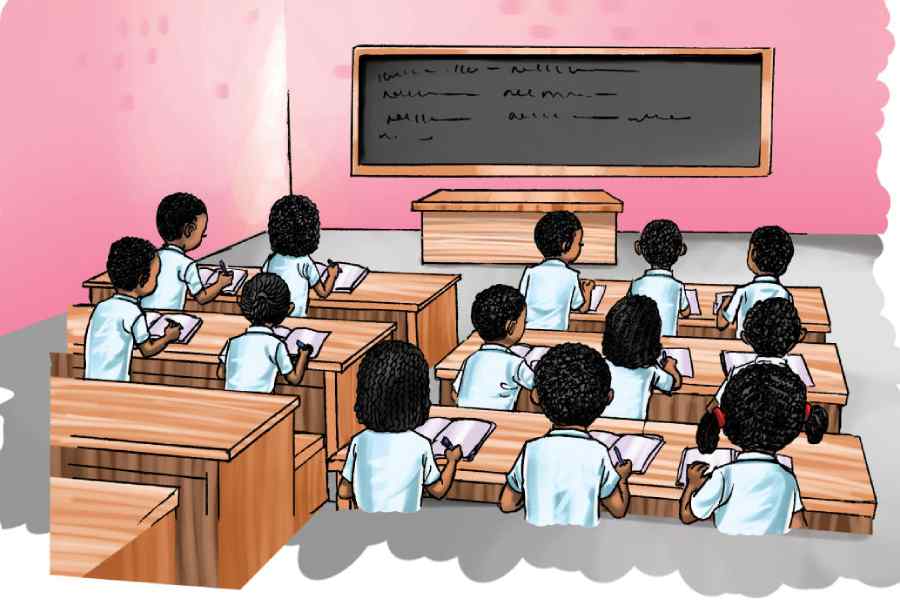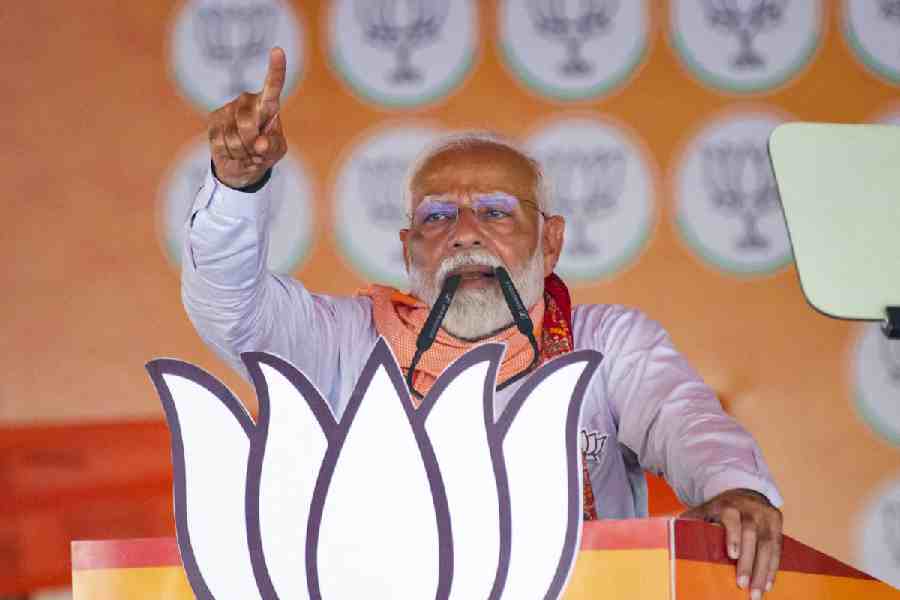Teaching in a government school, I find myself constantly experimenting with my teaching practices and pedagogical approaches to see what works for my students. Irrespective of the method applied, I come to a similar conclusion on each occasion; there’s no one uniform way of reaching out to each and every student.
The reason being our classrooms are often microcosmic reflections of the larger society and carry within them embedded inequities. Due to their diverse array of identities, experiences, and perspectives, students in the classrooms do not necessarily experience things the same way and their understanding and processing of information varies. These identities — gender, caste, class, religion and others — shape how students perceive and respond to educational content. Navigating these complexities becomes critical, with the understanding that the same pedagogical approach may produce different results for different students. This reality, therefore, necessitates a shift in perspective — an educational intervention that not only acknowledges but also fully embraces the multifaceted tapestry of diversity that defines our classrooms. This is where the intersectional approach comes into play.
Intersectionality, a term coined by Kimberlé Crenshaw, a black American civil rights advocate in 1989, refers to how overlapping or intersecting social identities, particularly minority identities, relate to systems and structures of oppression, dominance, or discrimination. Genuine inclusivity in education goes beyond tolerance: it entails the creation of spaces in which every voice is heard and every viewpoint contributes to the conversation. This is where intersectionality — an approach that looks at the intricate intersections of a student’s identities — comes into play. The recognition of these intersections raises awareness about various needs and experiences, resulting in a more empathetic and equitable learning environment.
The intersectional approach’s merit lies in its ability to reveal layers of understanding. By embracing it, educators begin to see beyond the surface, recognising the factors that influence each student’s engagement and learning. For instance, a female student from a marginalised caste may react differently to a historical lesson than a male student from a privileged caste. These differing responses are rooted in the unique intersections of gender and caste identities that shape their perspectives.
Integrating intersectionality into teaching approaches is not about replacing existing methods: it is about enriching them with a more comprehensive view; it is about encouraging educators to recognise the multifaceted dimensions of their students and adjust their instructional strategies accordingly. This approach stimulates active involvement, strengthens understanding, and creates an atmosphere of belonging. For instance, the application of the intersectional lens to history lessons can help demonstrate how different groups of people experienced important events in different ways as a result of their multiple identities interacting. It can aid in literature discussions that explore various aspects of characters’ identities, increasing our understanding while also challenging stereotypes. The intersectional lens can also help ink scientific ideas onto the world around us.
The goal of education is to foster a transformative learning experience. We empower students to question, reflect on, and challenge societal norms. Adopting an intersectional lens in Indian classrooms can redefine education in a way that prioritises inclusivity.
Faiza Nasir is Lecturer, Political Science Directorate of Education, Delhi










